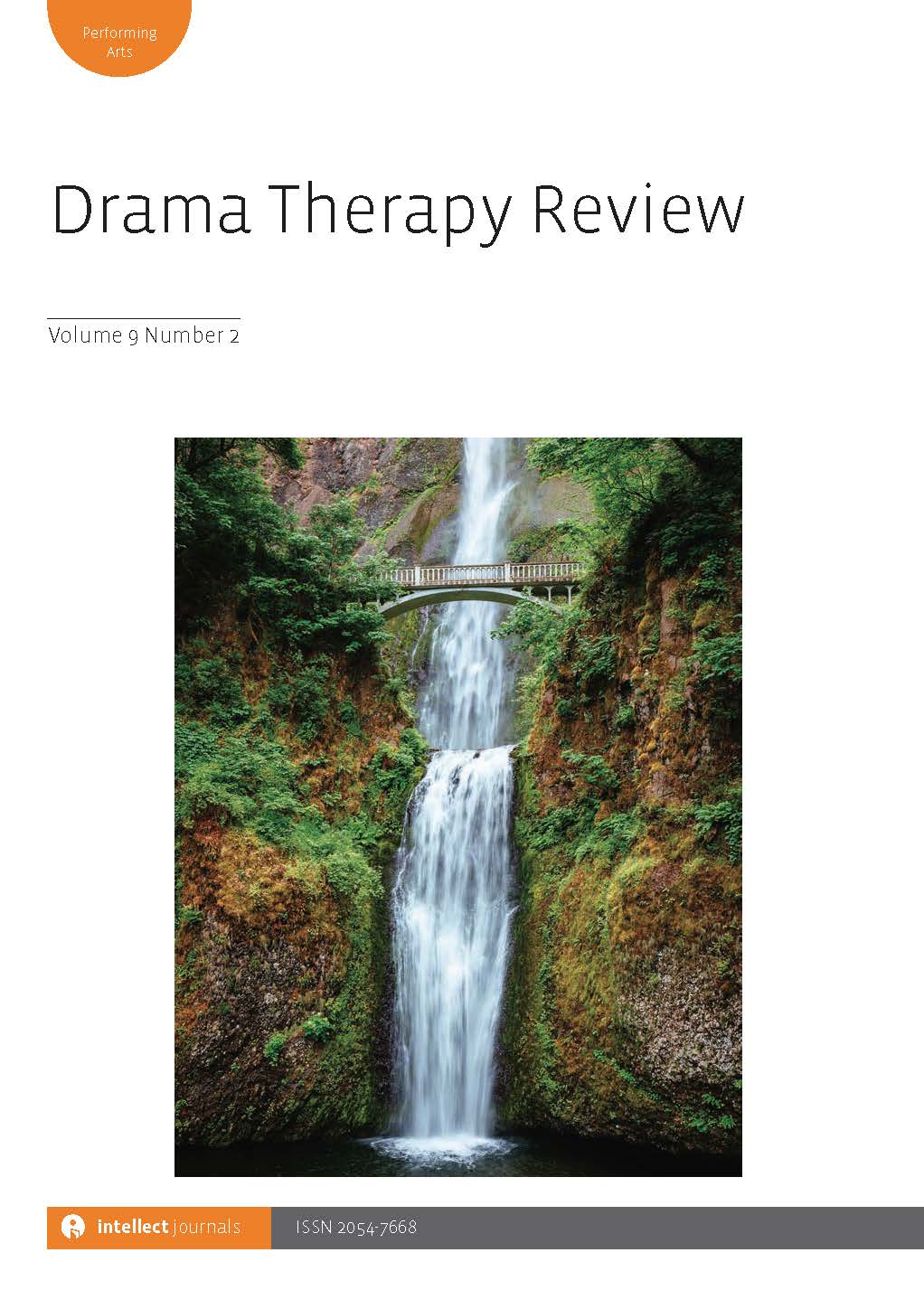
Full text loading...
 , Siggi Schorr2
, Siggi Schorr2 , Emily Faith3
, Emily Faith3 , Brett Alters1
, Brett Alters1 , Laura L. Wood1
, Laura L. Wood1
Therapeutic circus arts (TCA) present a new arena for drama therapy, capitalizing on the historical connection between circus and theatre arts. To evaluate whether drama therapy core processes also present in TCA, we conduct a qualitative content analysis of research articles centred on TCA (N = 40). Selected articles were thematically coded, showing that all of drama therapy’s core processes also appear in the TCA literature. Of those processes, ‘empathy and distancing’, ‘play’, ‘life-drama connection’ and ‘transformation’ were especially prominent. Implications include the potential for knowledge sharing and future collaboration between the TCA and drama therapy fields.
ResumenLas artes circenses terapéuticas (ACT) presentan una nueva frontera potencial para la dramaterapia, aprovechando la conexión histórica entre las artes circenses y teatrales. Para evaluar si los procesos centrales de la dramaterapia también están presentes en las artes circenses terapéuticas, llevamos a cabo un análisis de contenido cualitativo de artículos de investigación centrados en las artes circenses terapéuticas (N = 40). Los artículos seleccionados se codificaron temáticamente, lo que muestra que todos los procesos centrales de la dramaterapia también aparecen en la literatura de ACT. De esos procesos, la ‘empatía y el distanciamiento’, el ‘juego’, la ‘conexión vida-drama’ y la ‘transformación’ fueron especialmente destacados. Las implicaciones incluyen el potencial para el intercambio de conocimientos y la colaboración futura entre los campos de las ACT y la dramaterapia.
RésuméLes arts du cirque thérapeutiques (TCA) présentent une nouvelle frontière potentielle pour la drama thérapie, capitalisant sur le lien historique entre les arts du cirque et du théâtre. Pour évaluer si les processus fondamentaux de la drama thérapie sont également présents dans les arts du cirque thérapeutiques, nous effectuons une analyse qualitative du contenu des articles de recherche centrés sur les arts du cirque thérapeutiques (N = 40). Les articles sélectionnés ont été codés thématiquement, montrant que tous les processus de base de la drama thérapie apparaissent également dans la littérature TCA. Parmi ces processus, « l’empathie et la distanciation », le « jeu », la « connexion vie-drame » et la « transformation » étaient particulièrement importants. Les implications comprennent le potentiel de partage des connaissances et de collaboration future entre les domaines des TCA et de la drama thérapie.

Article metrics loading...

Full text loading...
References


Data & Media loading...

Publication Date:
https://doi.org/10.1386/dtr_00109_1 Published content will be available immediately after check-out or when it is released in case of a pre-order. Please make sure to be logged in to see all available purchase options.